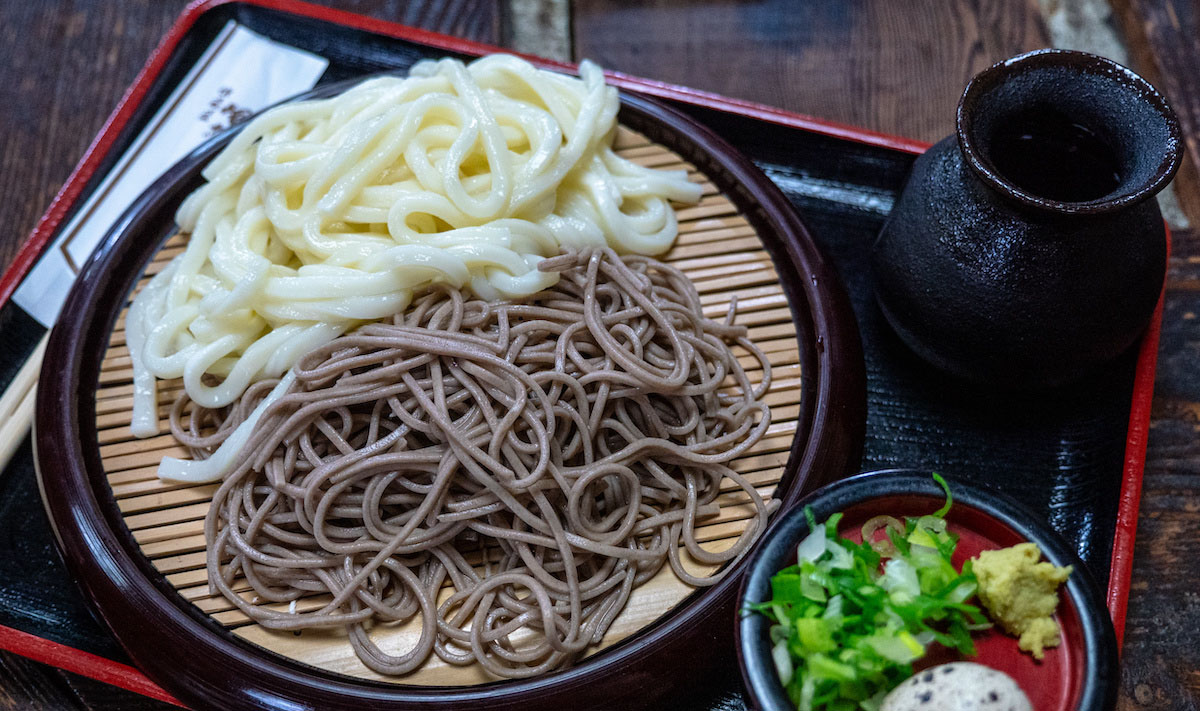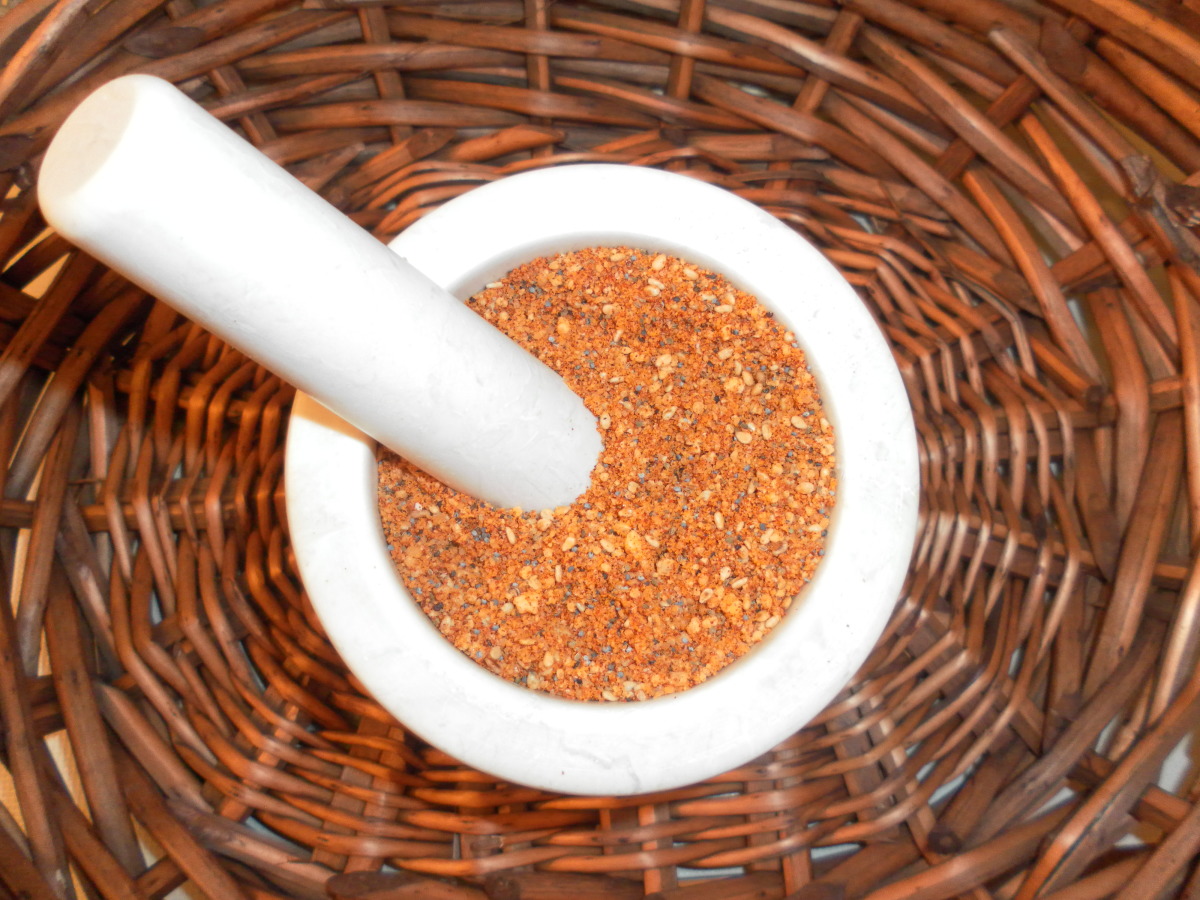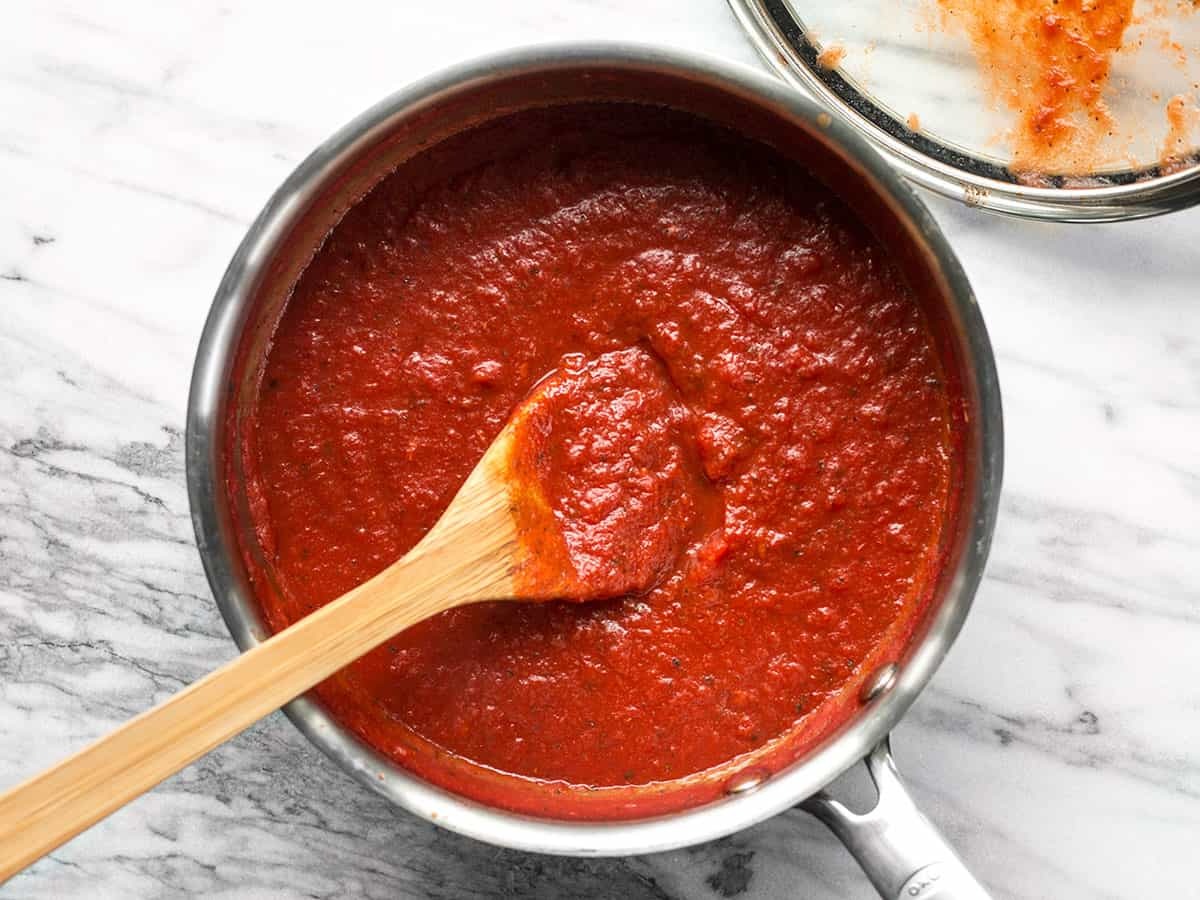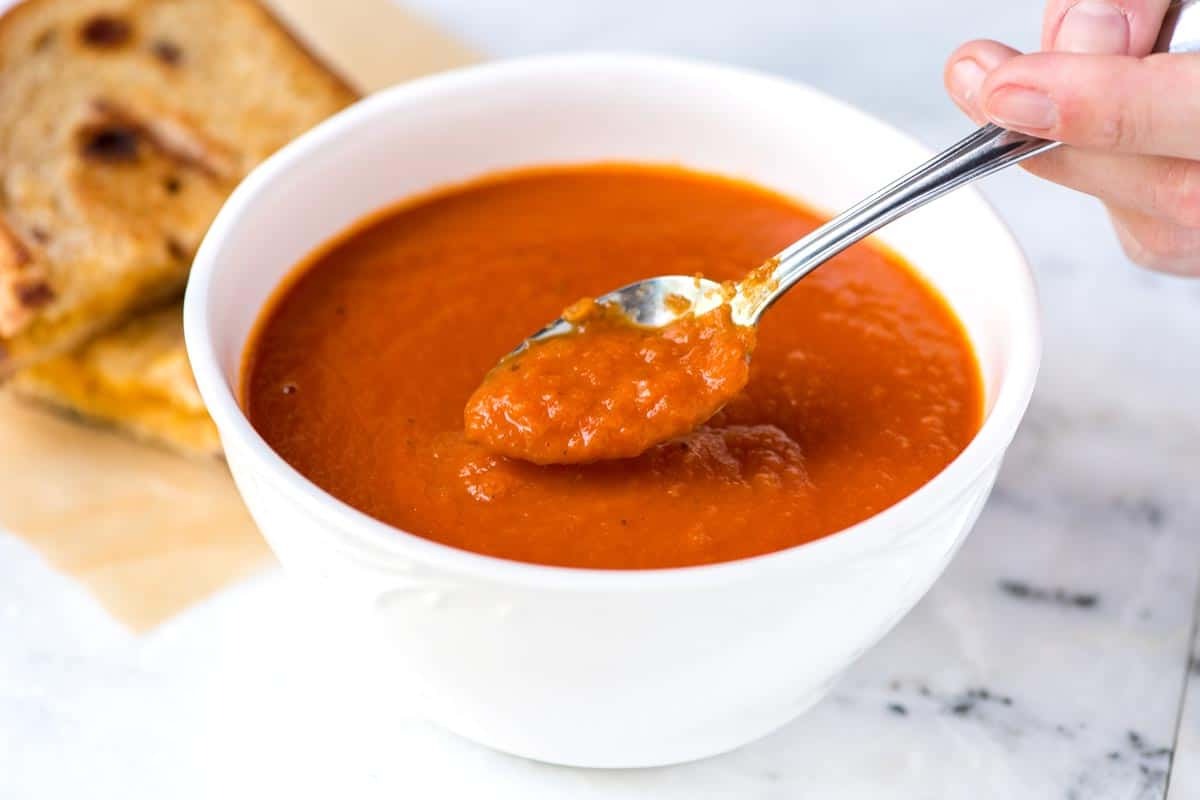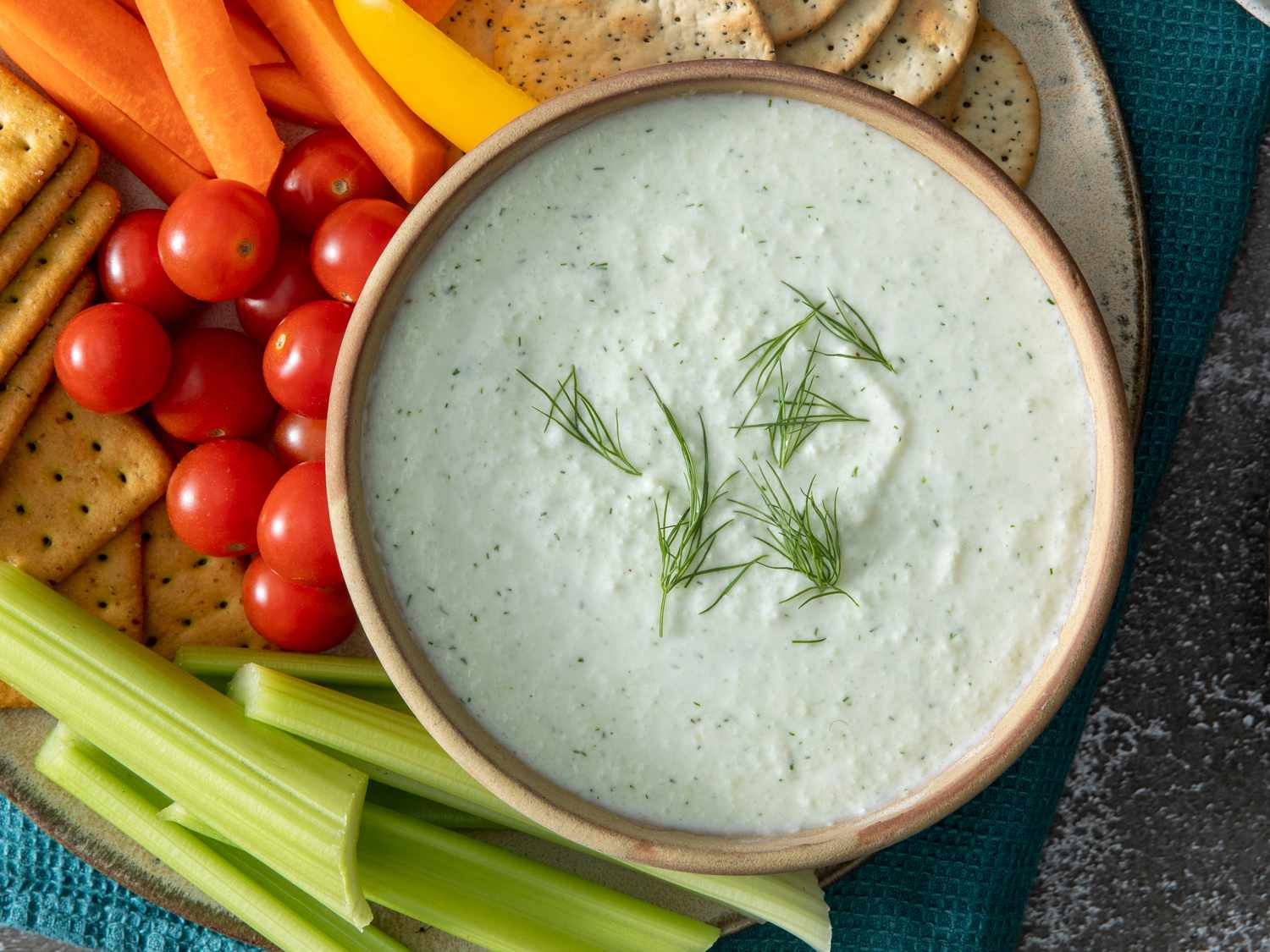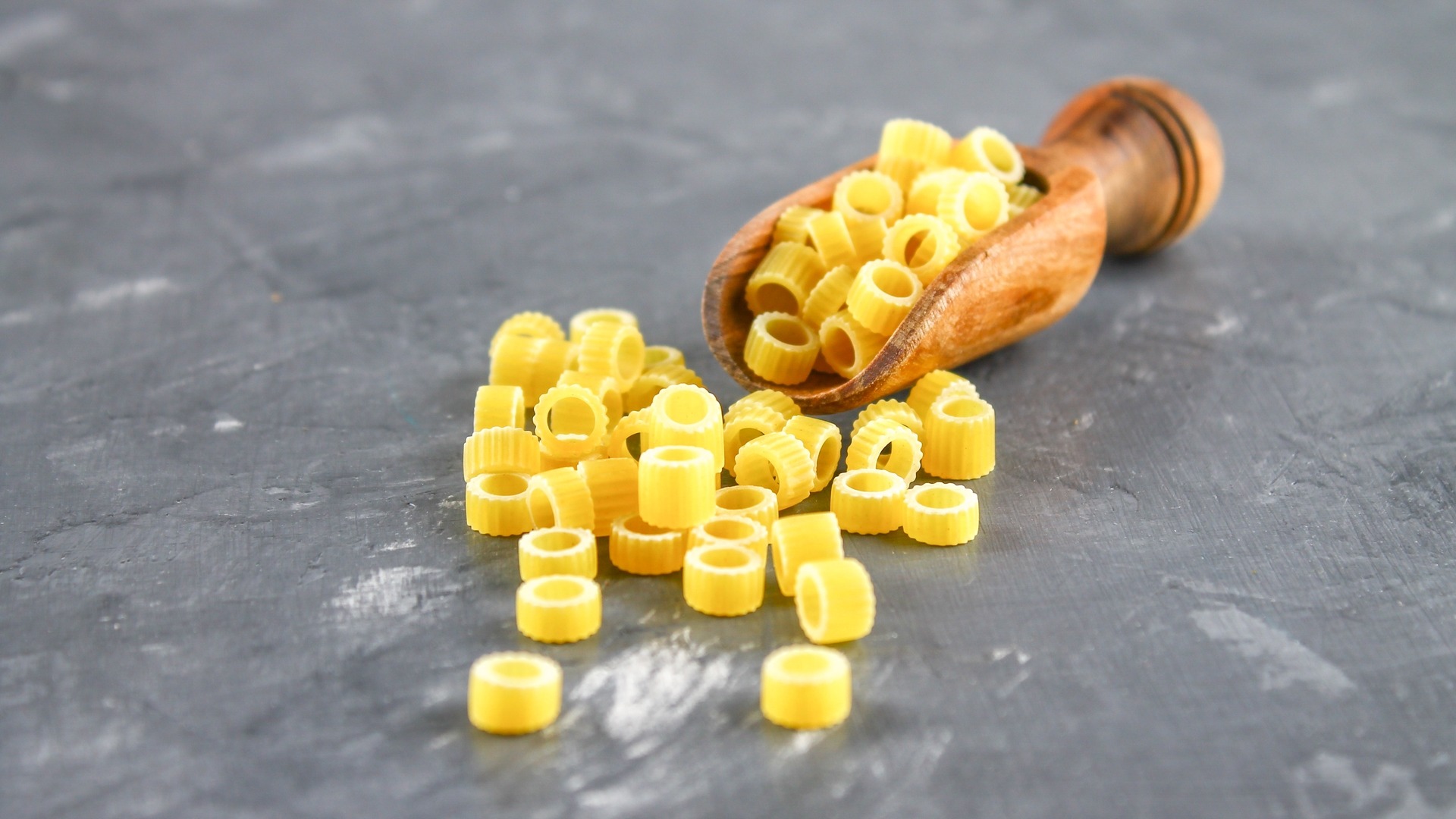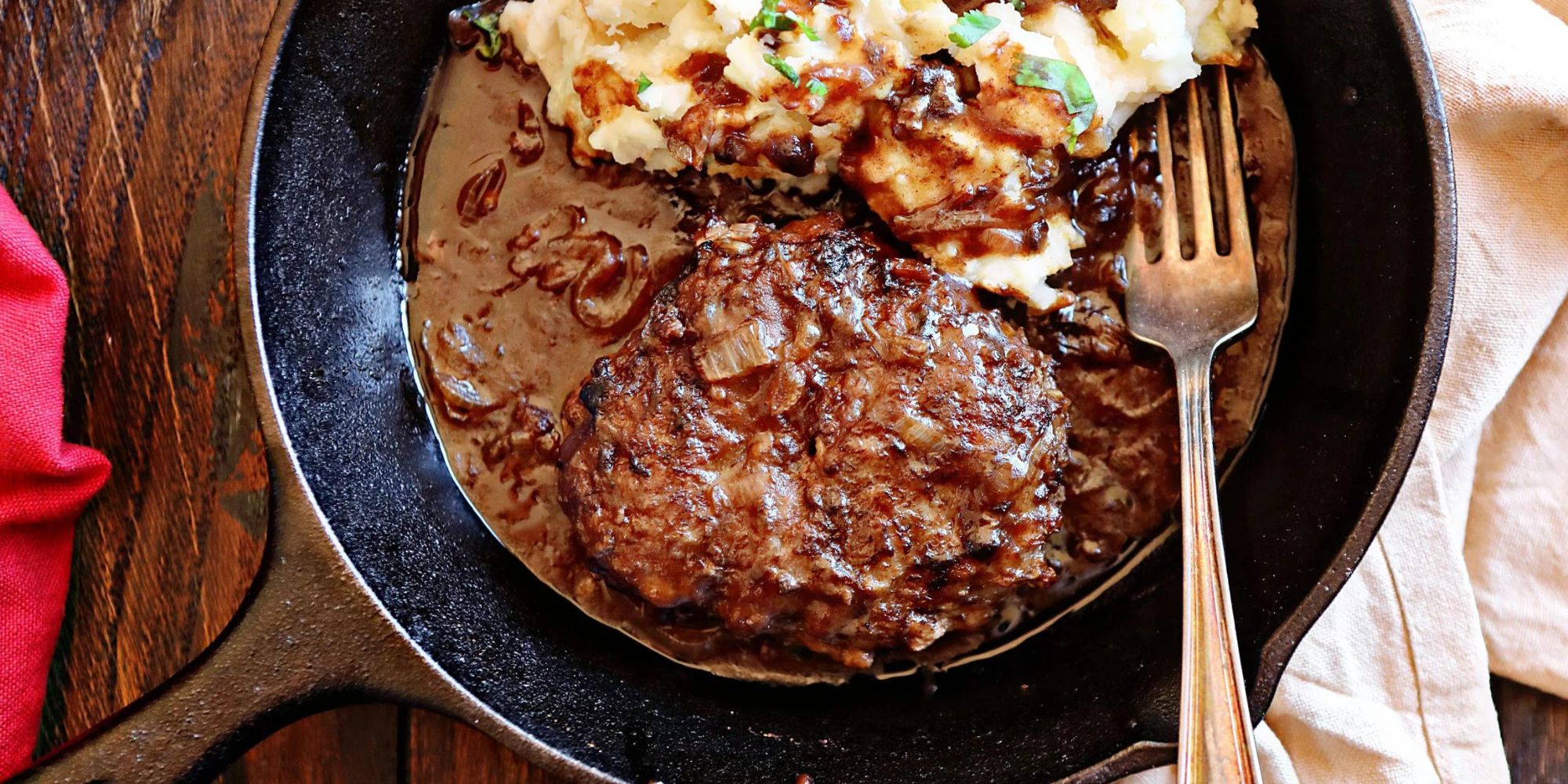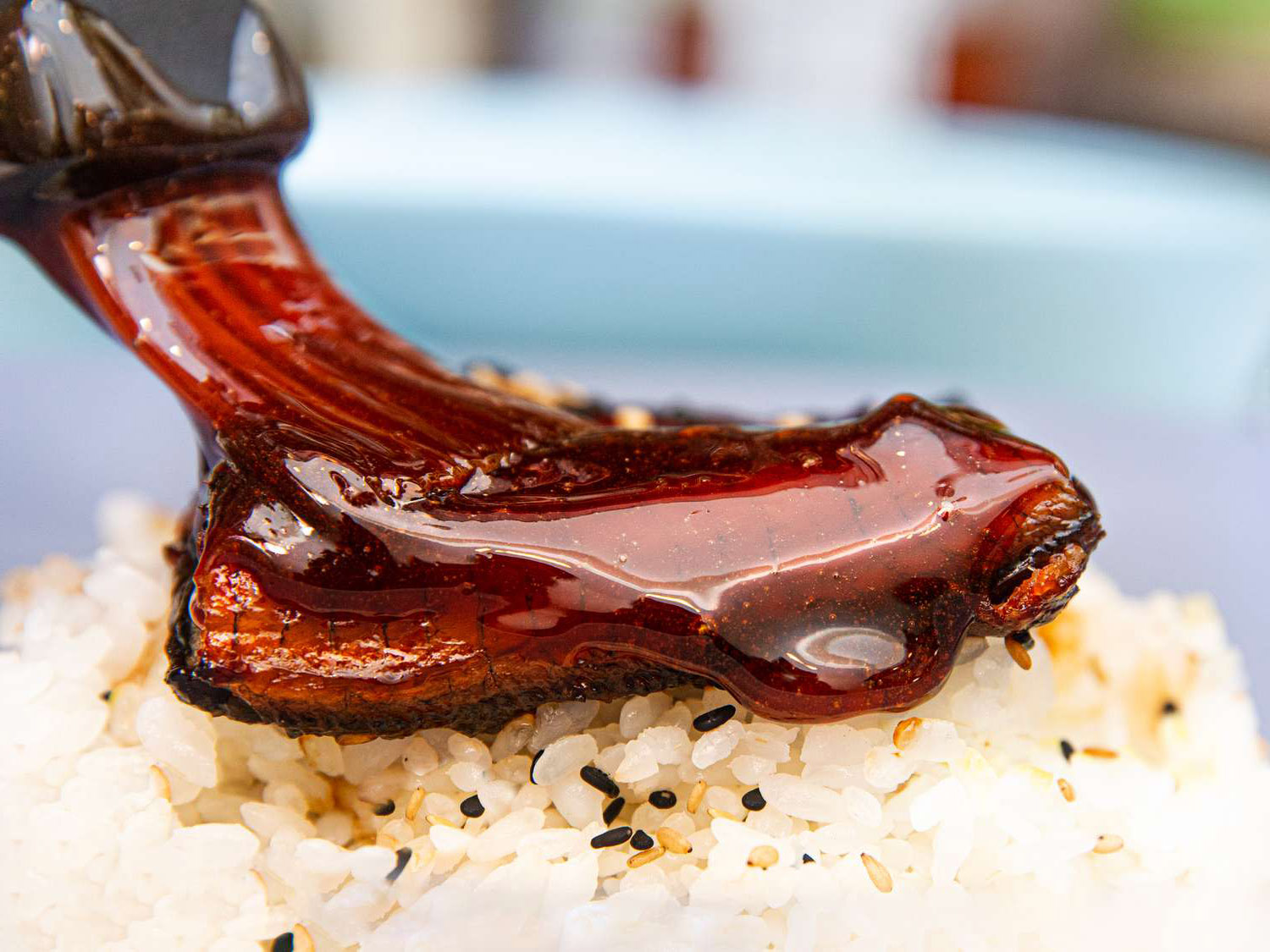Understanding Au Jus: A Delicious Addition to Your Meal
When dining at a restaurant or browsing through a recipe, you may have come across the term “au jus.” But what exactly is au jus, and how can it enhance the flavor of your meal? Let’s delve into the world of au jus and uncover its delicious secrets.
What Is Au Jus?
Au jus is a French culinary term that translates to “with juice.” It refers to a thin, flavorful sauce made from the natural juices of cooked meat. This sauce is typically served alongside the meat to add moisture and enhance its flavor. Au jus is commonly associated with dishes such as prime rib, roast beef, and French dip sandwiches.
How Is Au Jus Made?
The process of making au jus is relatively simple, yet it yields a rich and savory sauce. Here’s a basic recipe for preparing au jus:
- After cooking the meat, remove it from the pan and set it aside to rest.
- Place the roasting pan with the drippings over medium heat.
- Add beef broth or stock to the pan, stirring and scraping to incorporate the flavorful browned bits from the bottom.
- Simmer the mixture until it reduces slightly and reaches the desired consistency.
- Season the au jus with salt, pepper, and herbs to taste.
- Strain the sauce to remove any solids before serving.
It’s important to note that au jus can also be made using a combination of beef broth, red wine, and seasonings to achieve a robust flavor profile.
Ways to Enjoy Au Jus
Au jus can elevate the dining experience in various ways. Here are some popular ways to enjoy this delectable sauce:
- Serve it alongside a perfectly cooked prime rib or roast beef to add moisture and depth of flavor to each bite.
- Use it as a dipping sauce for French dip sandwiches, where the savory au jus complements the tender, thinly sliced beef and crusty bread.
- Drizzle it over mashed potatoes or roasted vegetables for a burst of savory goodness.
Final Thoughts
Au jus is a versatile and flavorful sauce that can take your culinary creations to the next level. Whether you’re hosting a dinner party or simply craving a comforting meal, incorporating au jus can add a touch of elegance and richness to your dishes. So, the next time you savor a juicy slice of prime rib or indulge in a French dip sandwich, take a moment to appreciate the delightful addition of au jus.
Now that you understand the essence of au jus, why not try making it at home and savoring its delectable flavors? Your taste buds will thank you!
Was this page helpful?
Read Next: What Is Bee Sting Cake?

